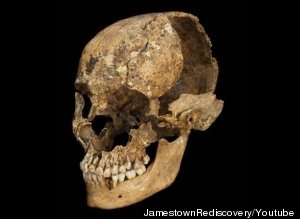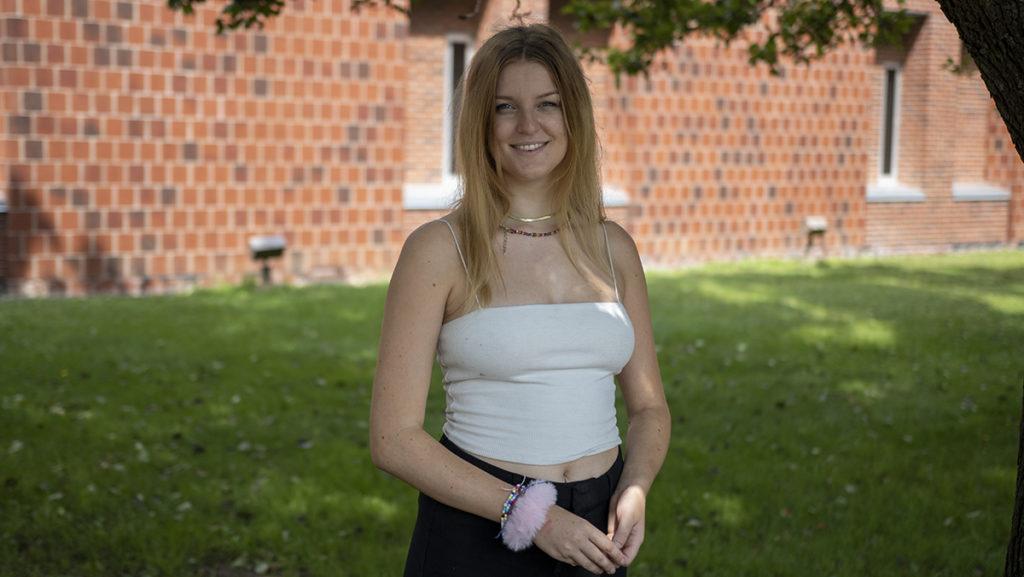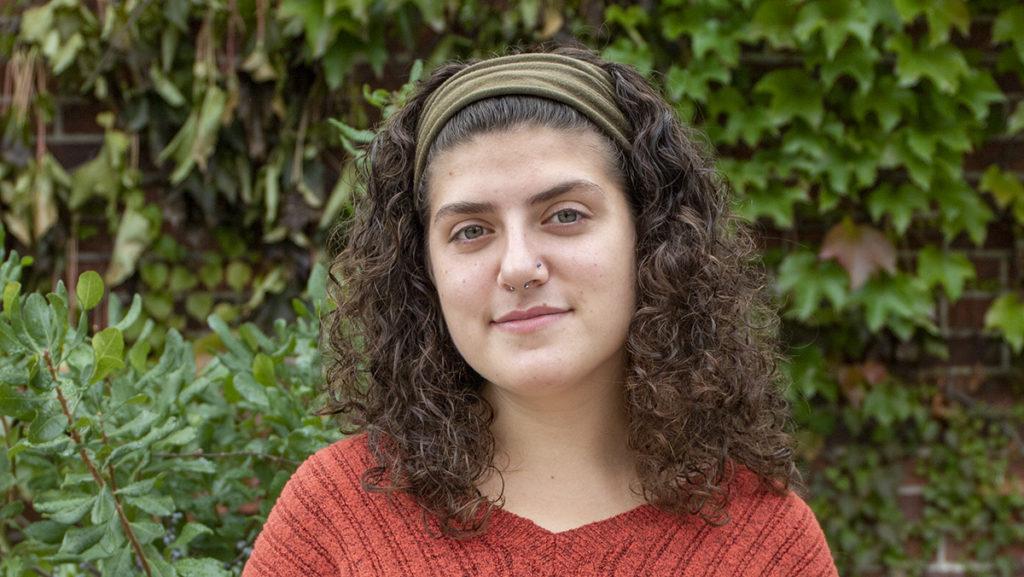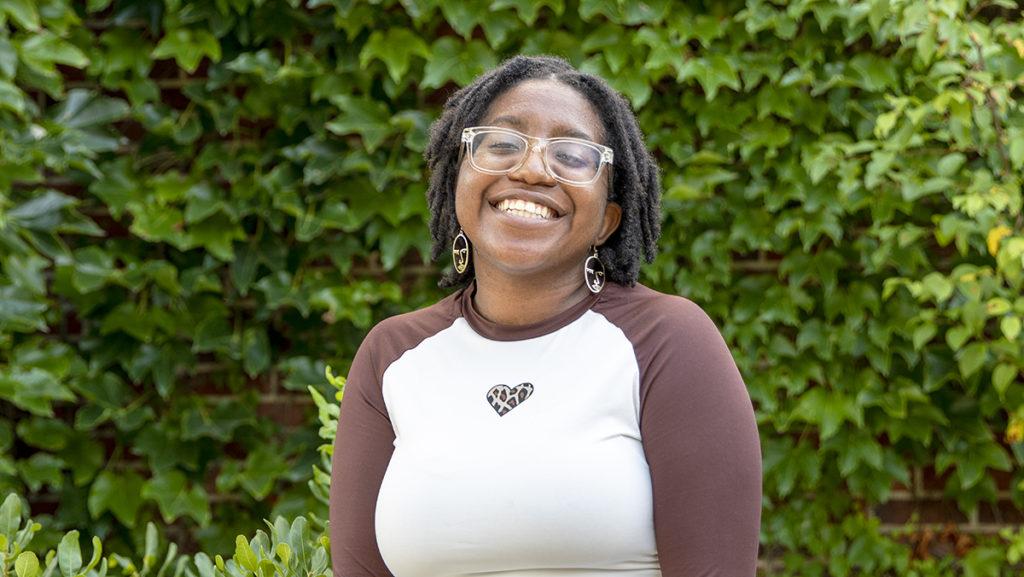For the most part, our pre-college education of colonists was all about the light-hearted, if not fluffy, side of history. We learned about the first Thanksgiving with everyone sitting around the table all happy with their mashed potatoes and turkey. We learned about how the Native Americans taught the settlers how to plant the Three Sisters (beans, corn, and squash). And even though we did learn about how the first Pilgrim winter sucked, it was prefaced with “Oh, but it gets better.” We did not learn the version where the settlers started eating each other out of desperation.

Archaeologists and the Smithsonian’s National Museum of Natural History have confirmed the rumors that the settlers of Jamestown, Virginia in the early 1600s did resort to cannibalism through the discovery of a mangled skeleton of a 14-year-old girl. The bones were discovered last summer in a cellar where trash and other animal remains were found, and the hacking cuts on the bones indicated that someone unskillfully attempted to butcher her body after her death. Experts believe that 1609 to 1610 had been a deadly winter, and combined with a food shortage due to the worst drought in 800 years, the settlers had to do anything they could to stay alive, even if that meant exhuming corpses for food.
Luckily, it’s not as if this was taken kindly. Historians said that killing someone for food was frowned upon at the time, so even in times of desperation, most of the cannibalism was of already dead people. Those who did kill for food were punished; an excerpt from Captain John Smith’s notebook (yes, the one from Pocahontas fame) said a man “did kill his wife, [salted] her, and had eaten part of her before it was known, for which he was executed, as he well deserved.”
Smith continued his entry, saying, “now whether she was better roasted, boiled or carbonado’d (barbecued), I know not, but of such a dish as powdered wife I never heard of.” I think I’m going to stick with steak.






